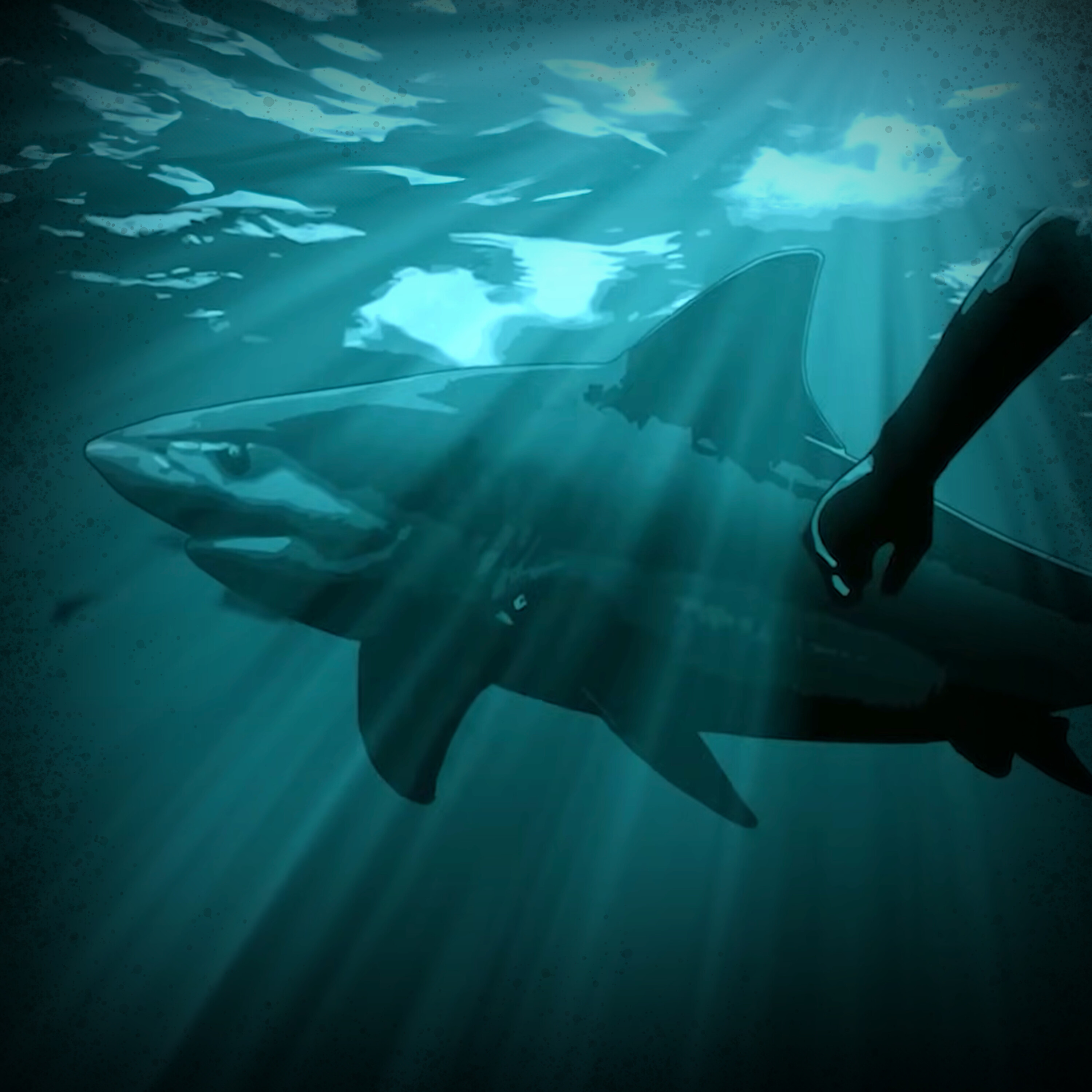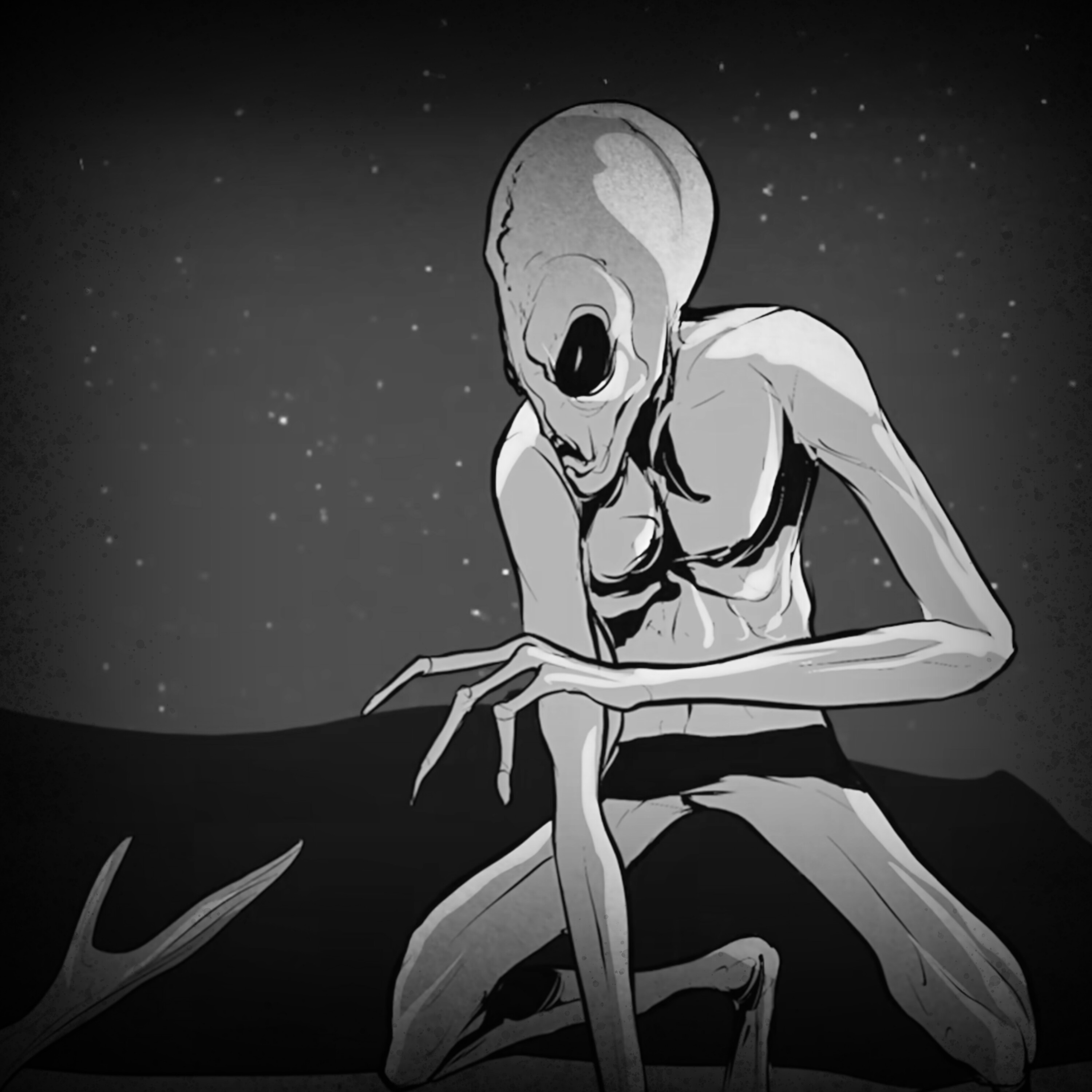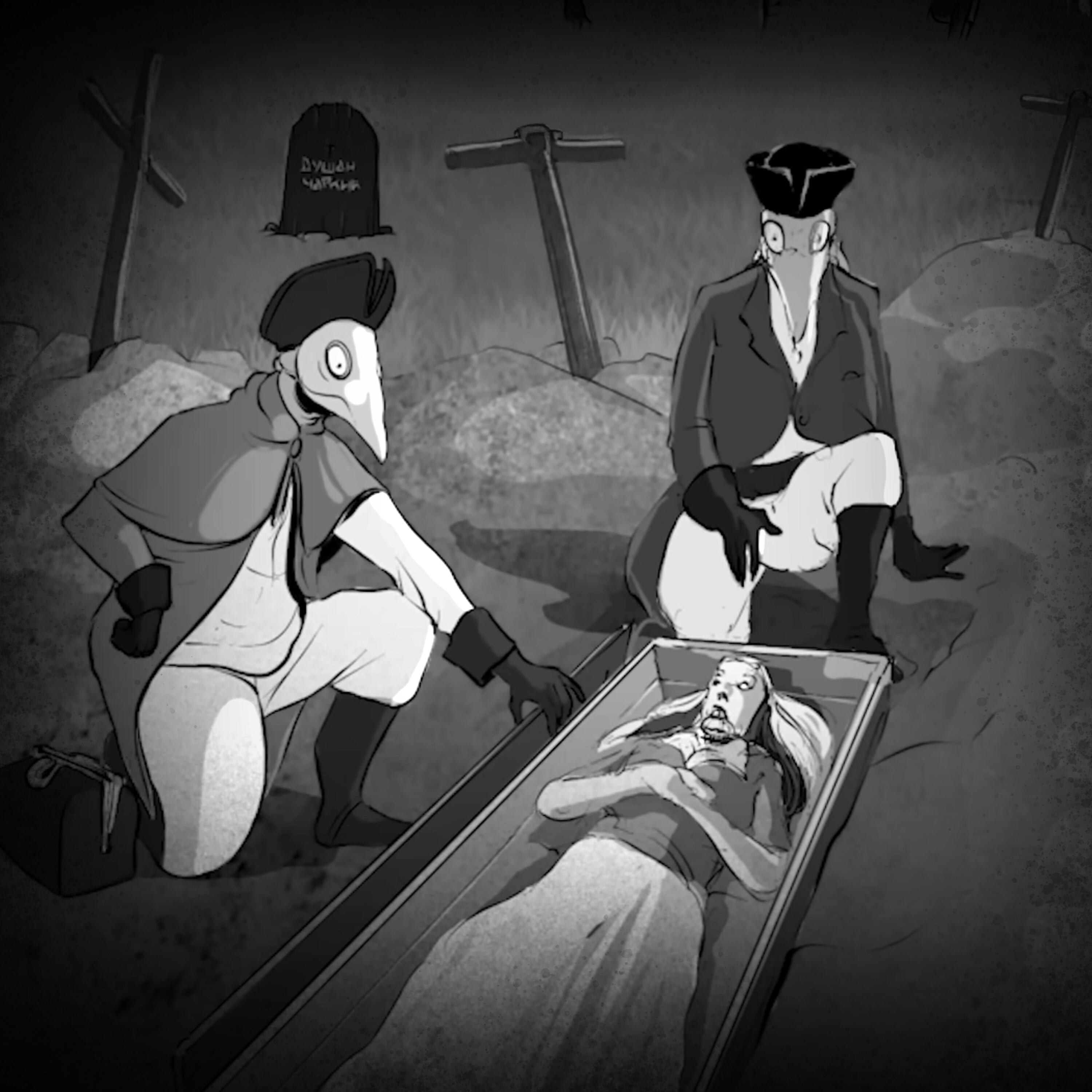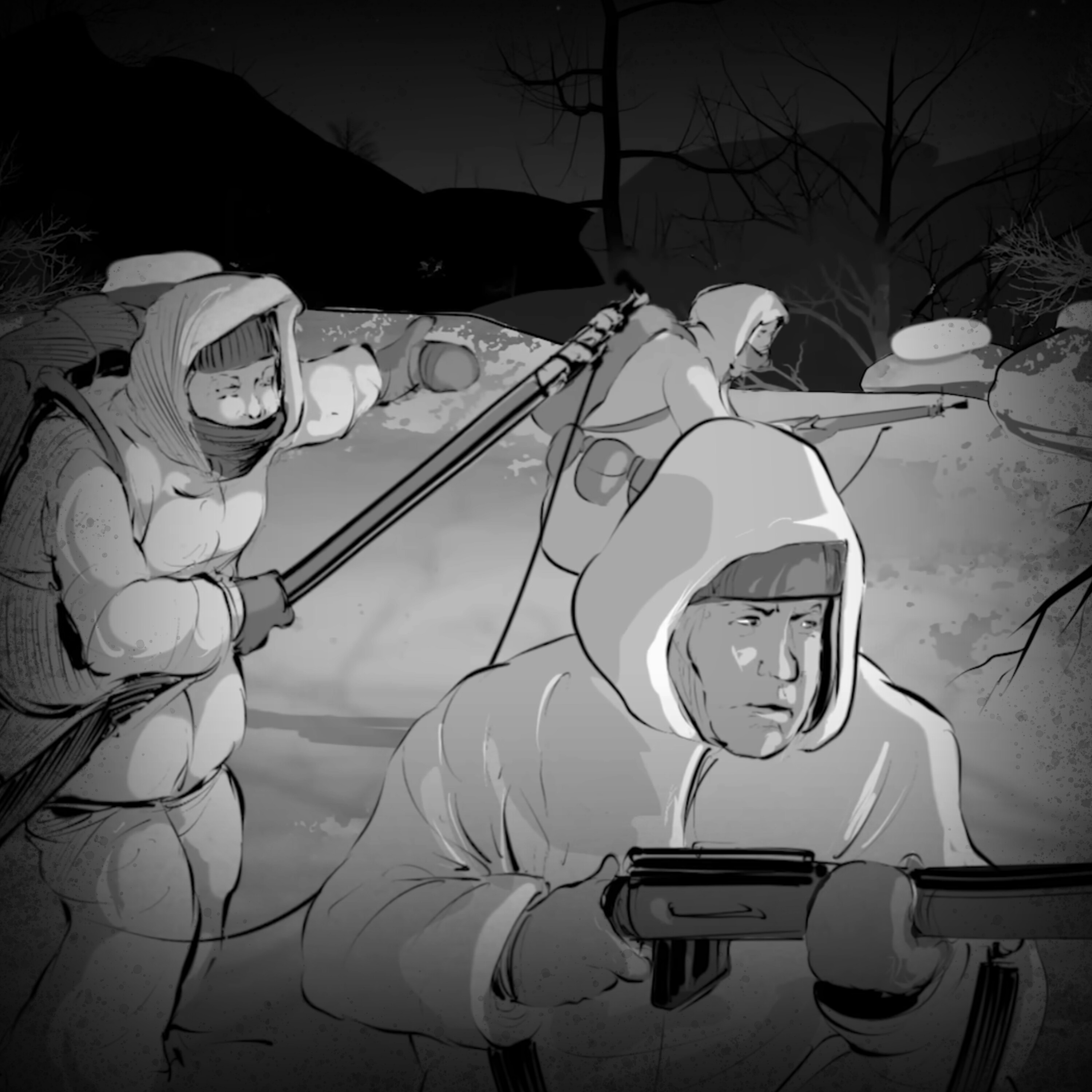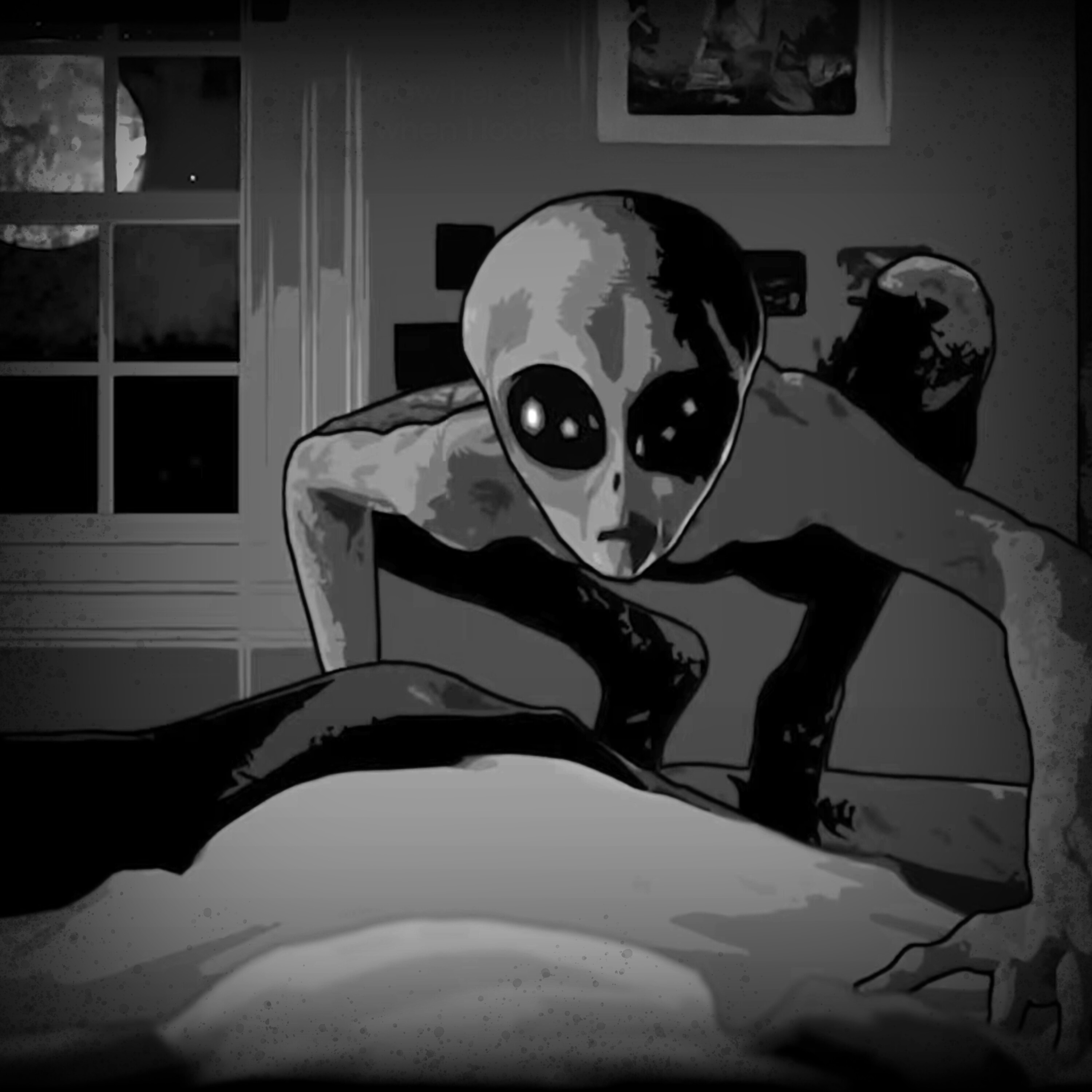A Fate Worse Than Death... Pt. 2
USS Indianapolis sank after delivering bomb parts, leaving sailors to five days of shark attacks and survival before rescue.
See Privacy Policy at https://art19.com/privacy and California Privacy Notice at https://art19.com/privacy#do-not-sell-my-info.
Press play and read along
Transcript
Transcript is processing—check back soon.
Wartime Stories — A Fate Worse Than Death... Pt. 2
